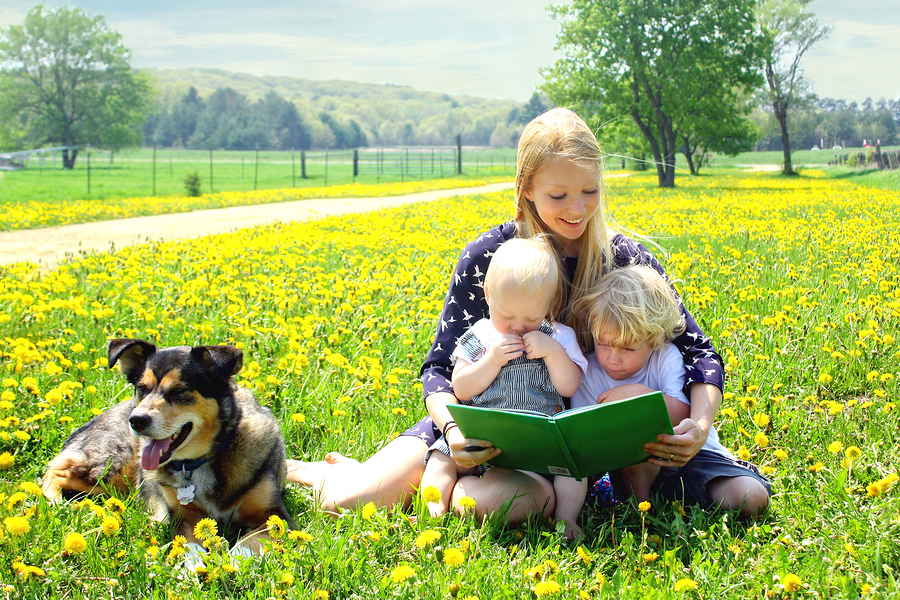
Lorena Brockman is a blogger for JennsBlahBlahBlog.com and has notable know-how in blogging, travel, and writing, and has been deemed “Greatest Auntie Ever” by many. To learn more about Lorena, visit her company’s blog at JennsBlahBlahBlog.com.
Children’s storytime helps build a bond between parent and child and also enhances brain activity and mental development. There are millions of children’s books to choose from, but there’s one that has never been heard or read – because it hasn’t been written yet.
Don’t hesitate to put pen to paper and start the next great children’s story. With some imagination and a bit of direction, you’ll have a blast while writing a children’s book. Read on for some tips.

1. Designate Focus
Children’s books vary in several ways: they’re directed to particular age groups and sometimes take on different genres (e.g., fairy tales, educational books, etc.). Before you jump into writing, determine the age group of your ideal readers. Some books include coloring pages and activities (C&A); will your book involve C&A? Most children’s books are for audiences that don’t read well – or read at all, so it’s important to keep length in mind. Writer’s Digest has a great set of guidelines you can follow with regards to the average length of books for your target audience’s age group.
2. Research and Read
There are hundreds of books available that offer tips on writing and the publishing process. While you spend time at the library learning about the craft, get to know the person in charge. They usually know about workshops and writing groups that can help you improve story development and other skills. Always take advantage of available resources, and jump at any opportunity to interact with and learn from fellow writers.
3. Story, Plot, and Character
Reverting back to your childhood is a great way to develop a plot for your story. What did you enjoy reading as a child? Imagination is important, but remember that a story needs to make sense and follow a logical timeline, especially when dealing with writing for younger children. Create a hero or central character with an external or internal problem he or she must overcome. Every great story needs a conflict, which can come in the shape of a “baddie” or a moral dilemma with which your main character is faced. And when it comes to children’s books, the good guy should always prevail.
4. Illustrations and Artwork
Most children’s books incorporate illustrations. Depending on the reader’s age, and the story’s plot and characters, the artwork can help set the tone. Be sure to find an illustrator who conveys through art the tone and style you’re going for with your story. And, as with any project, there are going to be changes, so find an artist who is flexible.
5. Read Aloud
Reading aloud adds excitement, attitude and emotion to a child’s storytime. Children’s books often rhyme, but it isn’t mandatory at all. Instead, it’s more important to have steady rhythm and cadence. Even syllables and sentence length can make your book easier to read. The rhythm should also reflect what’s happening in the story. For example, when there’s an altercation, the cadence should be quick and staccato. Whereas, if a doggy is napping with a kitty, a slow and calming rhythm would be more appropriate. Throughout the writing process, read the story out loud; it will help you find the best rhythm and cadence.
These tips will help you get the idea out of your brain and onto paper. Writing a story for a child to explore is not as easy as it seems, but it’s worth the work. The next step of a great children’s book is getting it to the kids who want to read it.
We at Bookemon can help with the printing process. Get started and check us out!